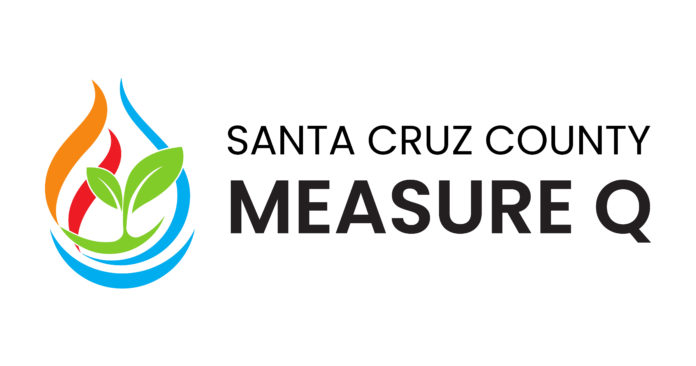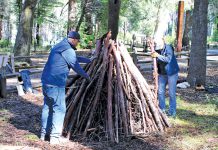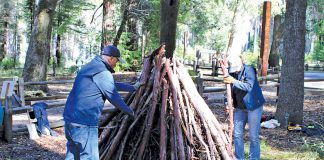With the overwhelming approval of Measure Q, formally known as the “Santa Cruz County Safe Drinking Water, Clean Beaches, Wildfire Risk Reduction and Wildlife Protection Act,” County staff and partners are establishing the structure necessary to fulfill voters’ vision, including soliciting members of the public for a Citizens Oversight Advisory Board.
Measure Q’s passage marks a major victory for environmental sustainability and climate resiliency, establishing a dedicated source of funding to support critical conservation efforts across the county, address impacts from climate change and create a safer and more resilient community.
The more than $7 million raised annually will be used exclusively for local projects that preserve the area’s natural resources, improve wildfire resilience, mitigate hazards and enhance public parks, beaches and trails.
To guarantee transparency and accountability, a nine-member Citizens Oversight Advisory Board (COAB) of subject matter experts is being established. Visit the Measure Q website, santacruzcountyca.gov/MeasureQ.aspx, to apply (deadline Feb. 24).
The COAB begins meeting in March and will conduct public hearings, review and publish annual reports, and oversee the allocation of funds to ensure that projects align with the Measure Q priorities, including equity goals. Five members will be chosen by each County supervisor, with the four cities also selecting a representative.
To guide decision-making, Measure Q mandates the creation of five-year Vision Plans, which will outline the activities and geographies that are prioritized for investment. Vision Plans will be developed in collaboration with local stakeholders, experts and the community, incorporating existing local and state plans for natural resource management, wildfire prevention, water conservation, parks and open space. The County is currently recruiting a consultant to help guide the first Vision Plan.
Under Measure Q, a special parcel tax of $87 per parcel will be collected annually beginning in fiscal year 2025-26, with the first half of the payment to be listed on property tax bills due in December 2025. Once implemented, and to ensure that resources are distributed equitably across the county, Measure Q establishes a clear funding allocation structure as follows:
- 40% to be administered through a grant program for eligible applicants (public agencies, nonprofits and tribes), supporting eligible projects anywhere in Santa Cruz County. Of these funds, no less than $600,000 will be allocated to support eligible projects within San Vicente Redwoods and no less than $600,000 will be allocated to eligible projects within the Pajaro Valley;
- 20% to be allocated to the four incorporated cities within the county for eligible projects within their jurisdiction. The funds will be allocated based on population, but each city will receive a minimum of $200,000 annually, ensuring that smaller cities still benefit from the measure’s funding;
- 20% to be allocated to the County of Santa Cruz for eligible projects within the unincorporated areas of Santa Cruz County; and
- 20% to be allocated equally to the Resource Conservation District and a local land stewardship partner (to be selected at a later date by the COAB) for eligible projects on private lands that deliver public benefits.
Measure Q specifies that funds allocated to the program structure as described above are to be used to support eligible projects, which may include, but are not limited to the following general activities: water resource protection; wildfire risk reduction and forest health; wildlife and habitat protection; parks, recreation and public access; conservation of working lands and agricultural stewardship; coastal protection; and climate resilience and adaptation.
Under Measure Q, priority will be given to multi-benefit projects that address critical needs, like climate resiliency and adaptation, water conservation, extreme weather and natural disasters, habitat protection and pollution reduction.
Projects that leverage additional state and federal matching funds or benefit disadvantaged communities will also be given priority, which positions local stakeholders to take advantage of other funding opportunities, such as the recently passed $10 billion Proposition 4, greatly amplifying the impacts and benefits for local residents.











